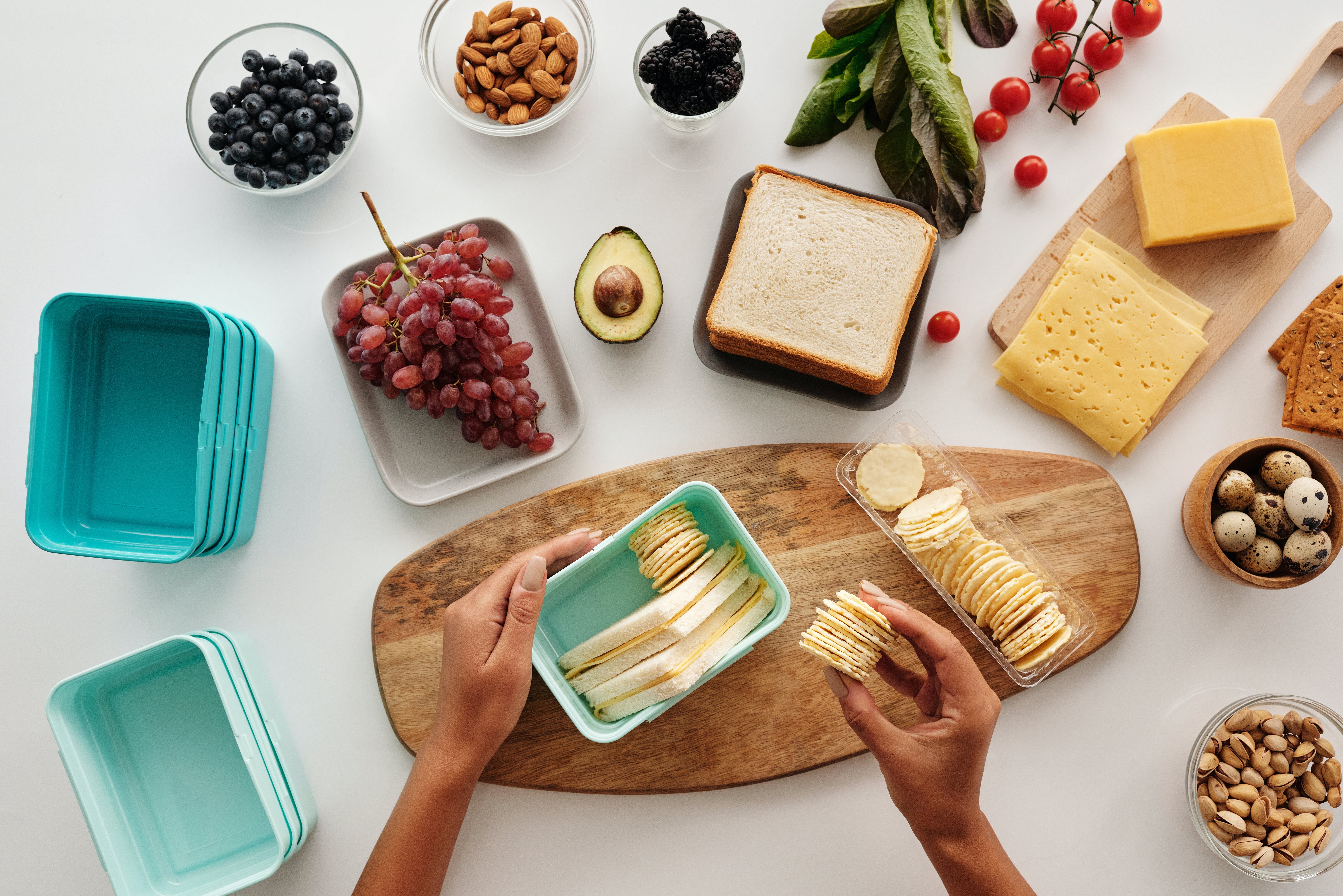
There’s no such thing as a one-size-fits-all diet plan. Different people have different needs, and their ideal diet may not just depend on external factors – such ingredient cost and availability.
One’s physical condition can also significantly impact your food choices. With that in mind, let’s explore several adaptive diet plans, each catered to different physical needs or limitations.
Soft or Pureed Diet
This is a highly recommended diet for those that have difficulty swallowing food, due to either illness or a disability. The foods involved are ones that are easily mashed or blended, creating a smooth texture with as little lumps as possible.
These include soups, mashed potatoes, yogurt and smoothies. Fortunately, pureed and soft foods come in an almost endless variety of forms.
There are many options for grilled, fried, and boiled dishes — among others — so this diet is not as limiting in flavour as one might assume. Most pureed foods are readily available in supermarkets across Malaysia, so accessibility isn’t an issue.
It can also be easily made with a blender or food processor, so those with mobility issues won’t have to endure a laborious cooking process.
High-Fiber Diet
People with limited mobility, especially if it involves the legs or torso, tend to have greater likelihood of suffering constipation. To combat this, you can opt for a diet with plenty of fruits, vegetables and whole grains to promote digestive health.
Avocados, sweet potatoes, and a wide variety of beans are particularly rich and healthy sources of fiber. Conversely, this diet neglects food such as chocolate, high-fat foods including most deep fried dishes, and spicy foods, since all of these can worsen any digestive issues you have.
Of course, adequate amounts of water intake daily is also crucial, as it can soften your stool and regulate your bowel movements.
Texture-Modified Diet
This is perfect if one has a physical disability that limits or prevents chewing. Similar to the pureed diet, this can involve foods with softer textures.
Anything that is blended or finely chopped works, such as ground meat, well-cooked vegetables, softer grains like oatmeal, or soft, skinless fruits. Broth-based dishes are also a fantastic option. The primary thing to keep in mind is that this diet involves food that is easy to digest even without chewing.
After all, digestion begins with chewing, as the enzymes from saliva help break down the starch in food. This diet has plenty of variety, so you’re not forced into the same few dishes while trying to meet your nutritional needs.
Personalized Mediterranean Diet
This diet is arguably your best option if you don’t have any severe food restrictions. Mediterranean dishes are – for the most part – notoriously easy to make, since many are one-pot dishes that don’t require any strenuous cooking techniques.
Naturally, this makes it great for people with limited motor control. The Mediterranean diet can also maintain your overall health and well-being, as it is rich in fruits, vegetables, whole grains, olive oil and lean proteins.
With such a wide variety, this diet is highly adaptable for many health and physical conditions. Keep in mind that these rough outline of diet plans are simply that – outlines.
Consulting a nutritionist, dietitian or other healthcare professionals is still important for creating a personalised diet that keeps one’s disability in mind.
References
Tracy Williams (2023) 5 adaptive meal plans for disabled people [Accessed 31 October 2023] Available at: https://disabilityhorizons.com/2023/01/5-adaptive-meal-plans-for-disabled-people